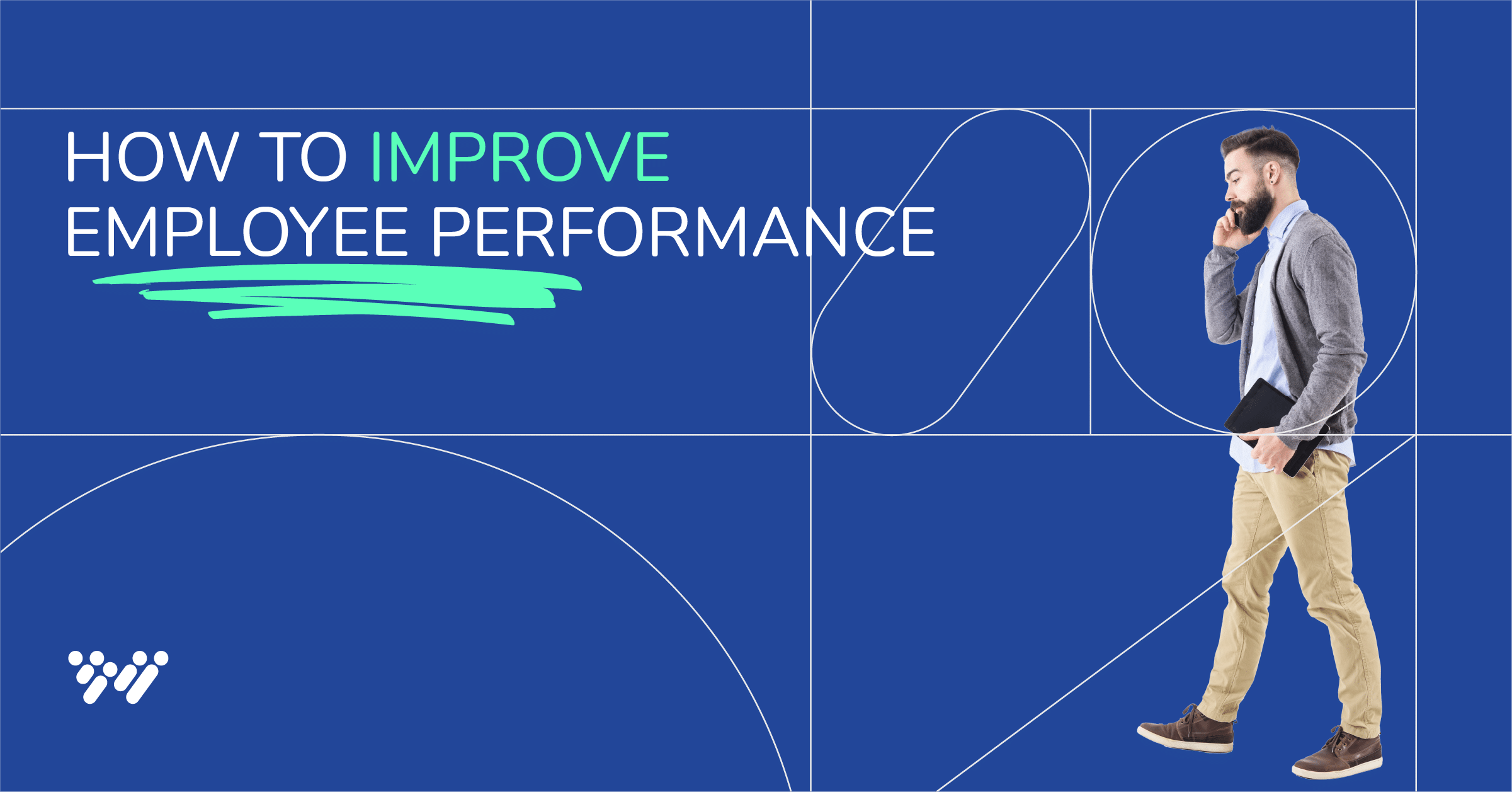Are you optimizing your employee performance reviews?
Contrary to how many managers approach it, the employee performance review should not be so much an event as an ongoing process. Having a “performance management” mindset, where employees are perpetually guided towards their ultimate potential, is the ideal practice to have in place.
That said, regular, periodic employee performance reviews still serve a necessary and useful purpose. Stepping back a bit and assessing a specific timeframe, like the previous quarter or year, offers an opportunity to compare performance over time and against established benchmarks. It also provides an opportunity to address merit and compensation, as you should have clear and better insight, with recent performance information to support your reasoning.
Here are some tips on how you can optimize the employee performance review process:
- Make it quick, easy and consistent: Use standardized criteria when rating your people. It makes it easy to compare performance within and between departments.
- Give it weight: All behaviors are not equal. Although you’ll want to rate many of the same competencies across personnel, some are more job-critical than others.
- Leave no doubt: When you give feedback, make sure it’s clear and specific. How exactly did she exceed expectations? What effect did his failure to meet deadlines have on the team? Don’t allow for any confusion.
- Be prepared: By maintaining a journal and incorporating a self review, you will be better equipped to give—and receive—reviews. In fact, you should encourage your employees to do the same. Comparing your review to theirs will highlight any stark differences in performance perception, prompting a discussion (and hopefully, resolution) of any misunderstandings.
- Look at their performance over time: Rate employees on a frequency scale of how often they have exhibited the behaviors associated with a given competency. The completion of objectives is useful, but doesn’t give a full picture of performance.
- Give them a final score: A performance review report can easily wind up as a mishmash of comments, colors, doodles and numbers that don’t point to a clear, concise conclusion. A single, roll-up score eliminates this problem.
Ultimately, I foresee a shift away from the reliance on the occasional employee performance review and movement towards the practice of continual performance management. It simply offers a better opportunity to maximize potential. Even so, traditional reviews will continue to provide value as “snapshot” performance evaluations. Certainly, they’re better than the alternative—doing nothing at all!
Want to learn more about performance strategies? Read our blog: The 4 Winners of a Successful, Dynamic Performance Strategy.







